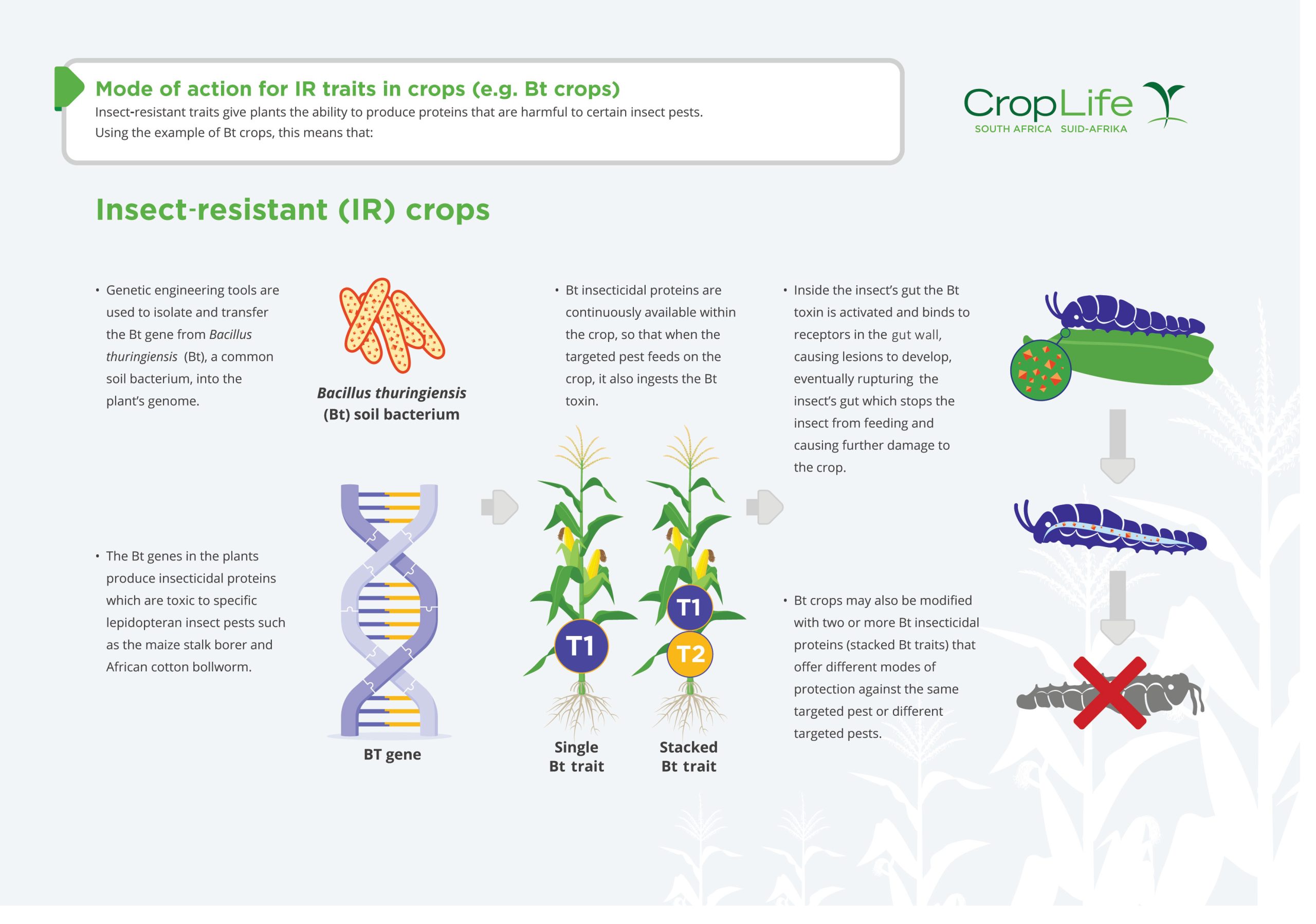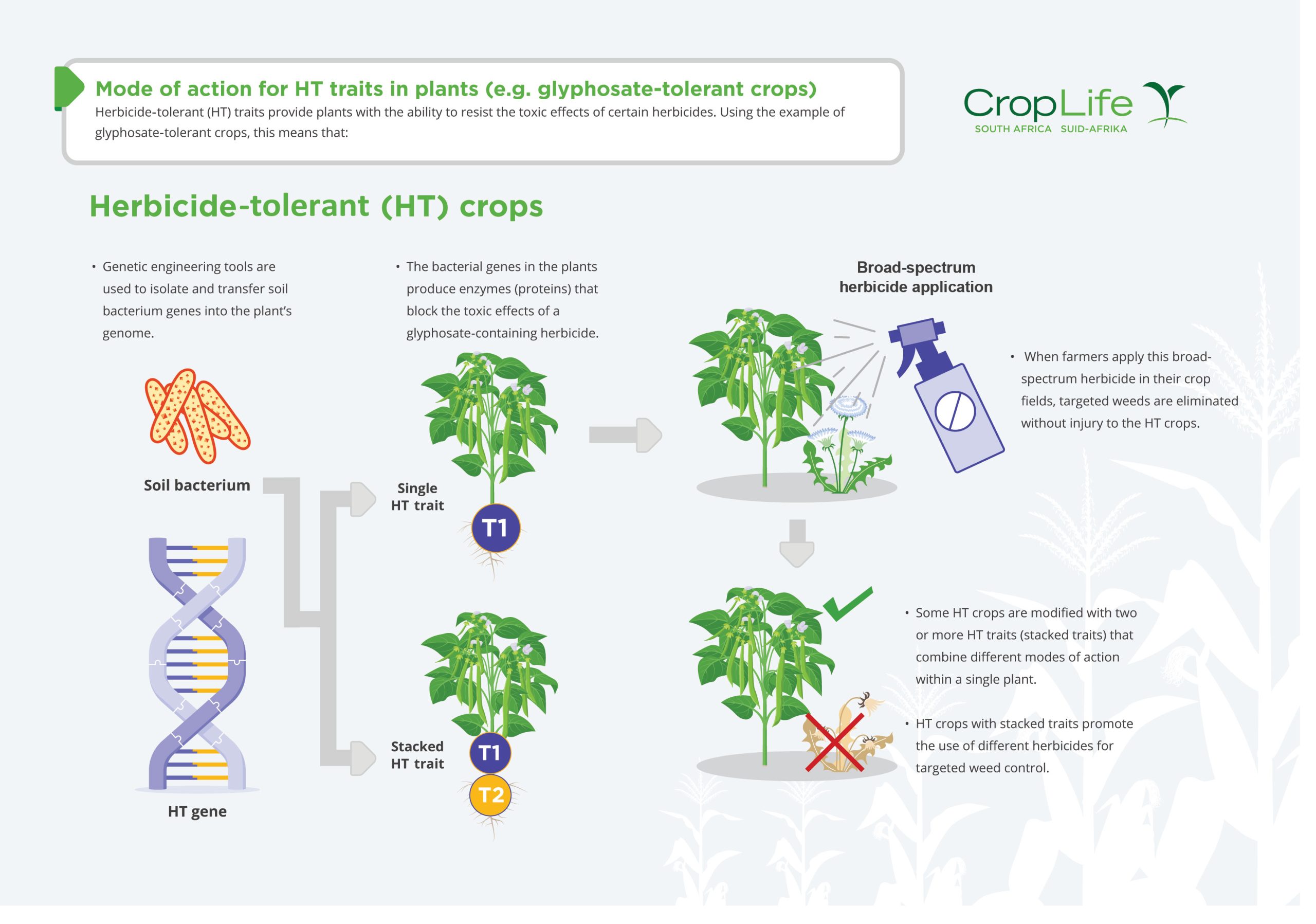
There are a few ‘buzz concepts’ that we keep reading about in agriculture. They are being repeated due to their importance: feeding a projected population of 9,9 billion by 2050, the effects of the European Green Deal on South African agriculture, mitigating climate change, embracing new technologies for sustainability, and of course, integrated crop management. Integrated pest management (IPM) plays a noteworthy role in integrated crop management.
At the end of the day, these topics are all interlinked because they have an underlying theme – how we as a species can ensure our optimal survival, including protecting the earth which is, after all, our home.
The pressure on producers to perform will not ease up in the near future. Not only are they expected to produce enough food to feed this growing population, but also to do so in a responsible, sustainable and environmentally compatible way, while keeping up with consumer demands and societal expectations. It might seem overwhelming, but science and technology are rapidly stepping up to provide us with a few ‘knights in shining armour’ and it is up to us to responsibly embrace these innovations. One of these ‘knights’, plant biotechnology, is making its mark on agriculture in a number of ways, including in IPM.
IPM principles are relatively easy to grasp. It boils down to considering all available methods of pest management, including preventative measures (which should be used routinely), and only using the most appropriate curative measures when economic injury levels are exceeded.
When intervention is absolutely necessary, a producer should consider various available control options – be it mechanical, biological or chemical – and not just focus on one method or tool year in and year out. In other words, pest management needs to be approached strategically and holistically, and should evolve continuously as the requirements change from season to season. This is why we need as many tools as possible to effectively rotate pest prevention and control practices.


Insect-resistant crops
Prevention is the place to start at with IPM – and this is where plant biotechnology can play a role in the IPM toolkit. Over the last 30 years, genetic engineering tools have enabled the deployment of insect-resistant crops with insecticidal proteins derived mainly from the soil bacterium, Bacilllus thuringiensis (Bt), as a pest control option. With insect-resistant crop varieties, the crop is protected against the target pests throughout the plant’s life cycle, removing the need for other methods of control for that specific pest. In addition, because the traits are target pest-specific, the risk of harm to beneficial insects is eliminated. However, the development of resistance by target pests remains a concern for the sustainable use of this technology, requiring that producers strictly adhere to appropriate IPM practices, including the planting of a refuge to delay the onset of target pest resistance.
Herbicide-tolerant crops
Plant biotechnology also has a role to play as a curative measure in the IPM toolkit. Herbicide-tolerant crops provide a producer with the ability to be more flexible when it comes to the application, timing and rates of herbicide spray programmes, leading to more effective and economically efficient control measures. Herbicide-tolerant crops on the other hand can contribute to soil health because of reduced tillage and nutrient loss. Healthier soils equal healthier plants, and healthier plants are better able to withstand the impacts of pests, weeds and diseases.
The use of biotech crops with multiple traits and different modes of action within a single plant significantly improves the degree of insect and weed control, offering producers the full benefit of these plant breeding technologies as well as the opportunity to simplify their IPM strategies.
Genome editing
Looking into the future, new breeding techniques, also known as genome editing (GE), are emerging as another essential tool to enhance the IPM toolkit. The utility of GE technologies to accelerate the breeding of a diverse range of useful traits into a variety of crop plants with greater precision, means that producers will have access to even more IPM tools in future. In laboratories around the globe, researchers are exploring the potential of this new breeding technology to produce crop varieties that are better equipped to tolerate abiotic stressors such as droughts, floods and salinity.
These genetic improvements will make these crops hardier, more resilient and ultimately healthier, reducing the need for extensive control measures. It doesn’t stop there though: Due to climate change, the diseases that impact crops are set to increase both in severity and prevalence. Advances in genome editing have focussed on editing the functions of resistance genes to boost the immunity of various crops to combat targeted diseases. Research has successfully progressed to enhance disease resistance in a variety of crops such as rice, tomatoes, grapefruit, bananas and cucumbers.
This is just a few examples of how the products of plant biotechnology tools can be incorporated into a producer’s IPM strategy. The core of IPM, however, remains not only focussing or relying on one single solution, but rather to embrace the various technologies out there, including those for monitoring, soil health, plant health, production efficiencies, and of course, for crop protection.





























